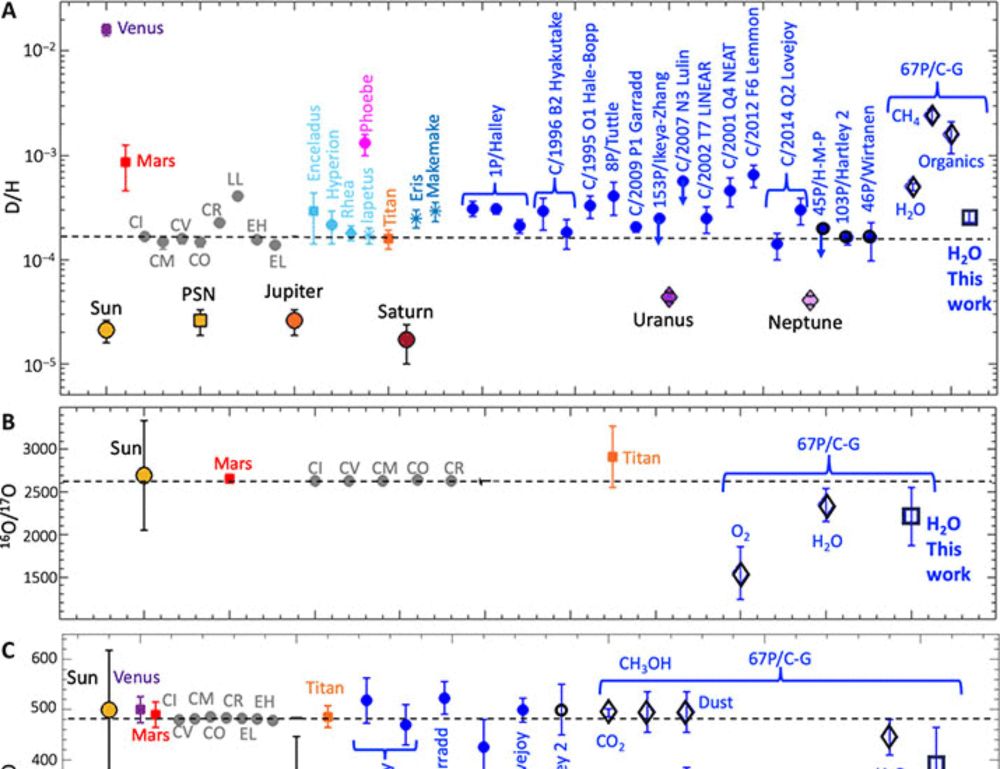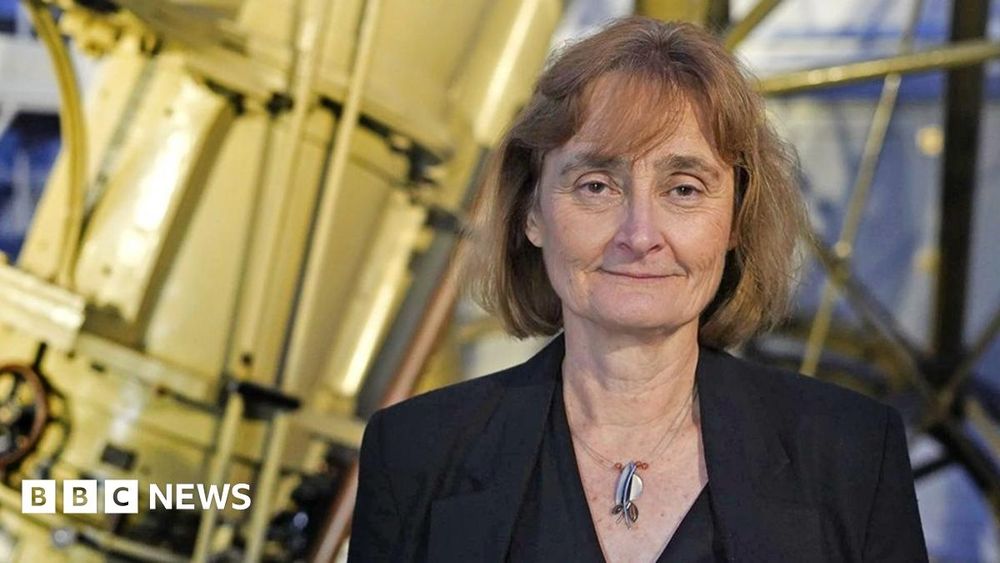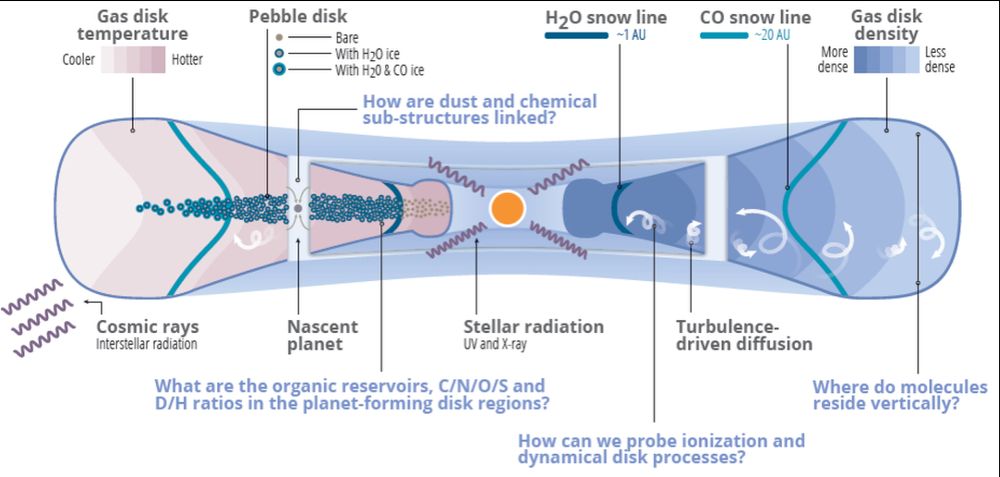
Kathleen Mandt, PhD
@mommascientist.bsky.social
2.3K followers
510 following
120 posts
Planetary scientist and Yorkie Mom. Exploring the solar system. Opinions are my own.
Posts
Media
Videos
Starter Packs
Reposted by Kathleen Mandt, PhD
Reposted by Kathleen Mandt, PhD
Also, here is the #ASLstream of my talk for those who are interested. #NASA #ESA #PlanetaryScience #Astrobiology 🪐🧪🔭 www.youtube.com/live/VDpyzls...

ASL STREAM-The Origin of Earth's Oceans (Exploring Space Lecture Series)
YouTube video by Smithsonian National Air and Space Museum
www.youtube.com
🚨🚨New paper alert!! 🚨🚨🧪🔭
Today we published exciting new results from the Rosetta mission! These results have big implications for where the comet formed and for whether comets could have supplied water to Earth. #PlanetaryScience #Rosetta 🧵1/n
www.science.org/doi/10.1126/...
Today we published exciting new results from the Rosetta mission! These results have big implications for where the comet formed and for whether comets could have supplied water to Earth. #PlanetaryScience #Rosetta 🧵1/n
www.science.org/doi/10.1126/...

A nearly terrestrial D/H for comet 67P/Churyumov-Gerasimenko
Analysis of Rosetta measurements suggests that Jupiter family comets could have delivered much of Earth’s water.
www.science.org
The first results from Rosetta had a really high D/H that required 67P to form far away from the Sun. This was confusing! #67P is different from other Jupiter family comets that have lower D/H ratios. It also didn't have a lot of CO and N2 ice, which form at really cold temperatures too.🧪🔭🧵5/n

a close up of a woman 's face with a triangle and a mathematical equation on it .
Alt: a close up of a woman 's face with a triangle and a mathematical equation on it .
media.tenor.com
Comets are made up of dust and water ice. One of the most valuable measurements we make in a comet is the amount of deuterium (D) compared to hydrogen (H) in the water, D/H. The D/H in water tells us at what temperature ice formed, and from that how far a comet formed from the Sun. 🔭🧪🧵4/n


🚨🚨New paper alert!! 🚨🚨🧪🔭
Today we published exciting new results from the Rosetta mission! These results have big implications for where the comet formed and for whether comets could have supplied water to Earth. #PlanetaryScience #Rosetta 🧵1/n
www.science.org/doi/10.1126/...
Today we published exciting new results from the Rosetta mission! These results have big implications for where the comet formed and for whether comets could have supplied water to Earth. #PlanetaryScience #Rosetta 🧵1/n
www.science.org/doi/10.1126/...

A nearly terrestrial D/H for comet 67P/Churyumov-Gerasimenko
Analysis of Rosetta measurements suggests that Jupiter family comets could have delivered much of Earth’s water.
www.science.org















